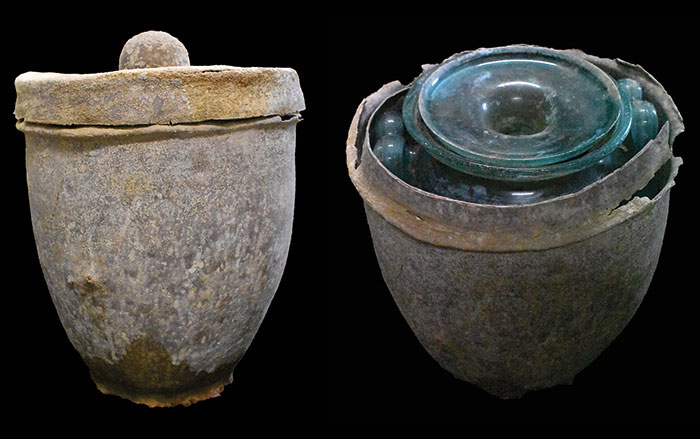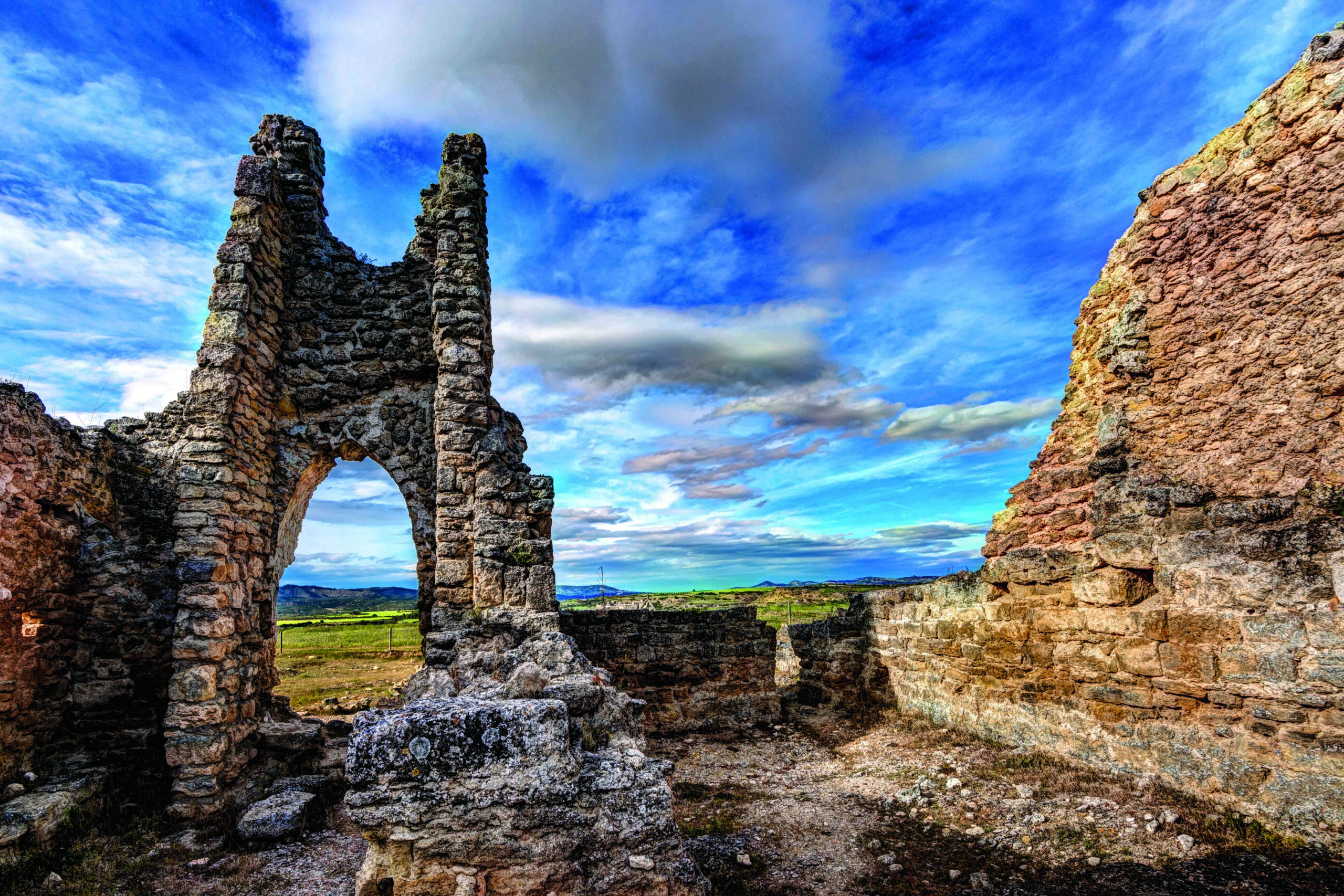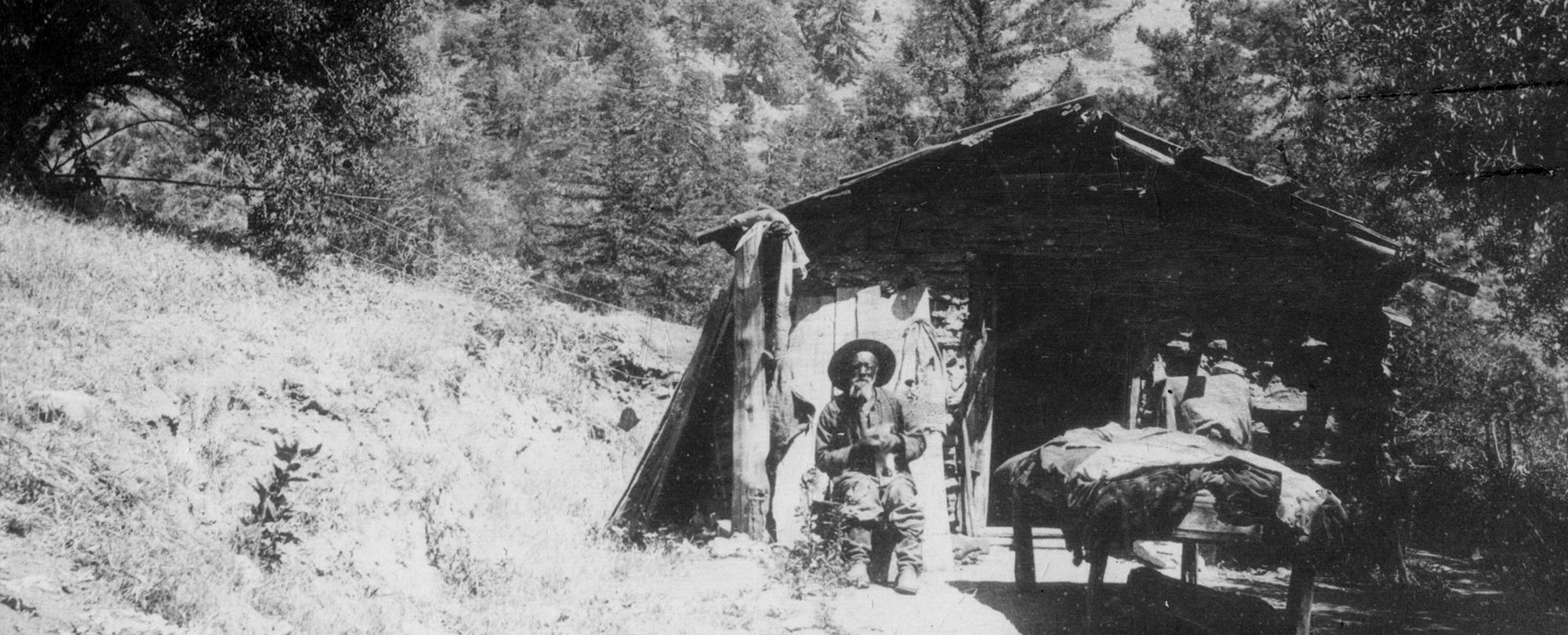BURGOS, SPAIN—Live Science reports that the remains known as “The Boy of Gran Dolina” actually belonged to a young girl, based upon microscopic dental analysis which has been used to identify sex in other human species. The remains of 22 individuals, discovered in 1994 in Grand Dolina Cave, which is located in northern Spain’s Atapuerca Mountains, have been identified as Homo antecessor, a species that lived in Europe between 1.2 million and 800,000 years ago. But the remains are highly fragmented, perhaps because they had been cannibalized, and belonged to pre-adolescents, making it difficult to determine their sex. Older children, however, often have some adult teeth. Individual “H1” was thought to be a male who died at about 13 years of age, while individual “H3,” dubbed The Boy of Gran Dolina, was thought to be about 11 years old. Cecilia García-Campos of Spain’s National Center for Research on Human Evolution and her colleagues examined their upper canines and found that these two individuals were sexually dimorphic. When compared to the teeth of other hominins, H3 was determined to be likely a female. To read about nearly one-million-year-old footprints that may belong to Homo antecessor, go to "England's Oldest Footprints."
Study Reexamines Remains from Spain’s Gran Dolina Cave
News April 18, 2021
Recommended Articles
Digs & Discoveries January/February 2026
Full Nesters

Digs & Discoveries March/April 2025
Iberian Gender Imbalance

Digs & Discoveries September/October 2024
A Nightcap for the Ages

Artifacts March/April 2024
Mesolithic Baskets

-
Features March/April 2021
The Visigoths' Imperial Ambitions
How an unlikely Visigothic city rose in Spain amid the chaotic aftermath of Rome’s final collapse
 Yil Dori
Yil Dori -
Letter from Chihuahua March/April 2021
Cliff Dwellers of the Sierra Madre
A recurring design motif found in northern Mexico’s ancient mountain villages reflects complex cultural ties between distant peoples
 (Photo by Stephen H. Lekson)
(Photo by Stephen H. Lekson) -
Artifacts March/April 2021
Subeixi Game Balls
 (Courtesy Patrick Wertmann)
(Courtesy Patrick Wertmann) -
Digs & Discoveries March/April 2021
An Enduring Design
 Courtesy Durham University
Courtesy Durham University


